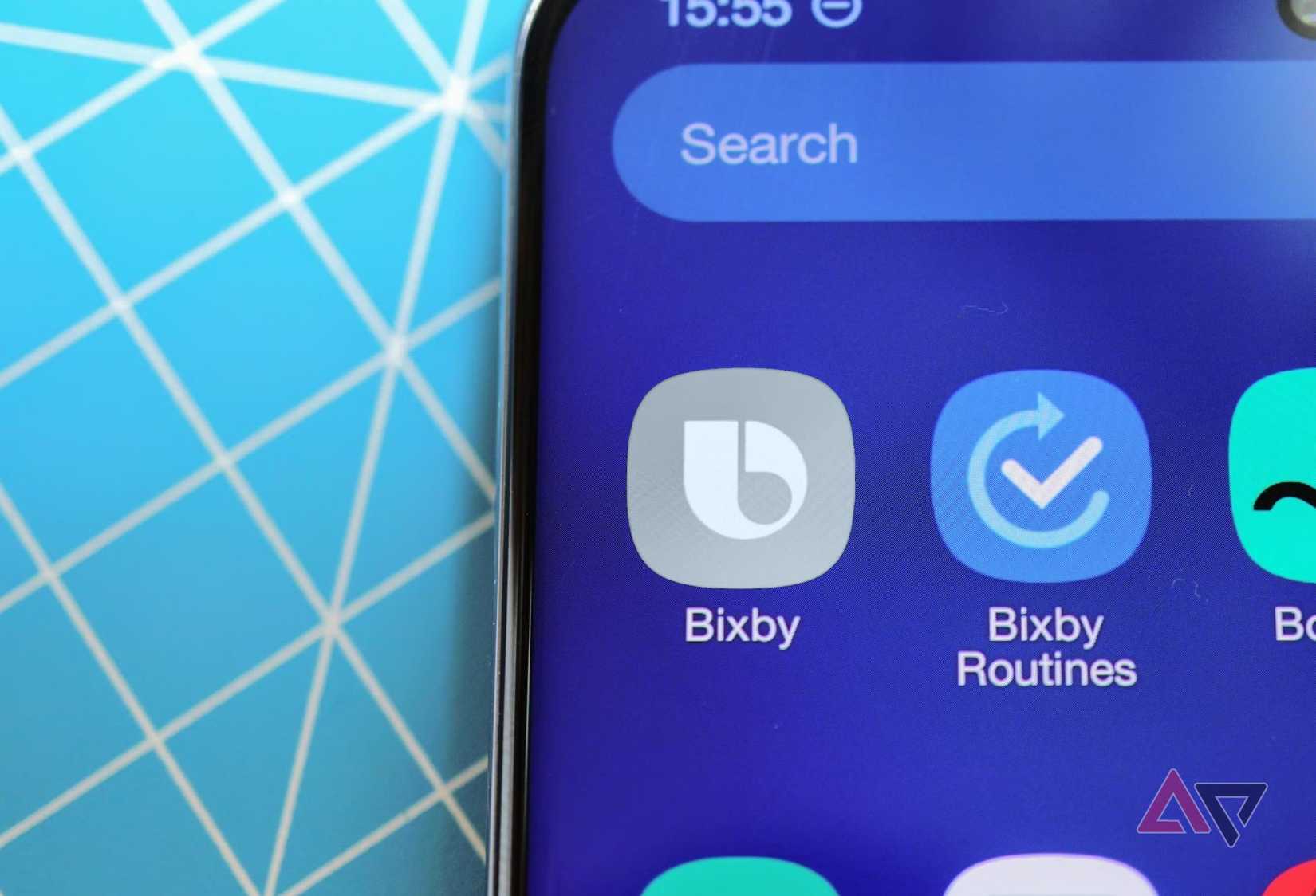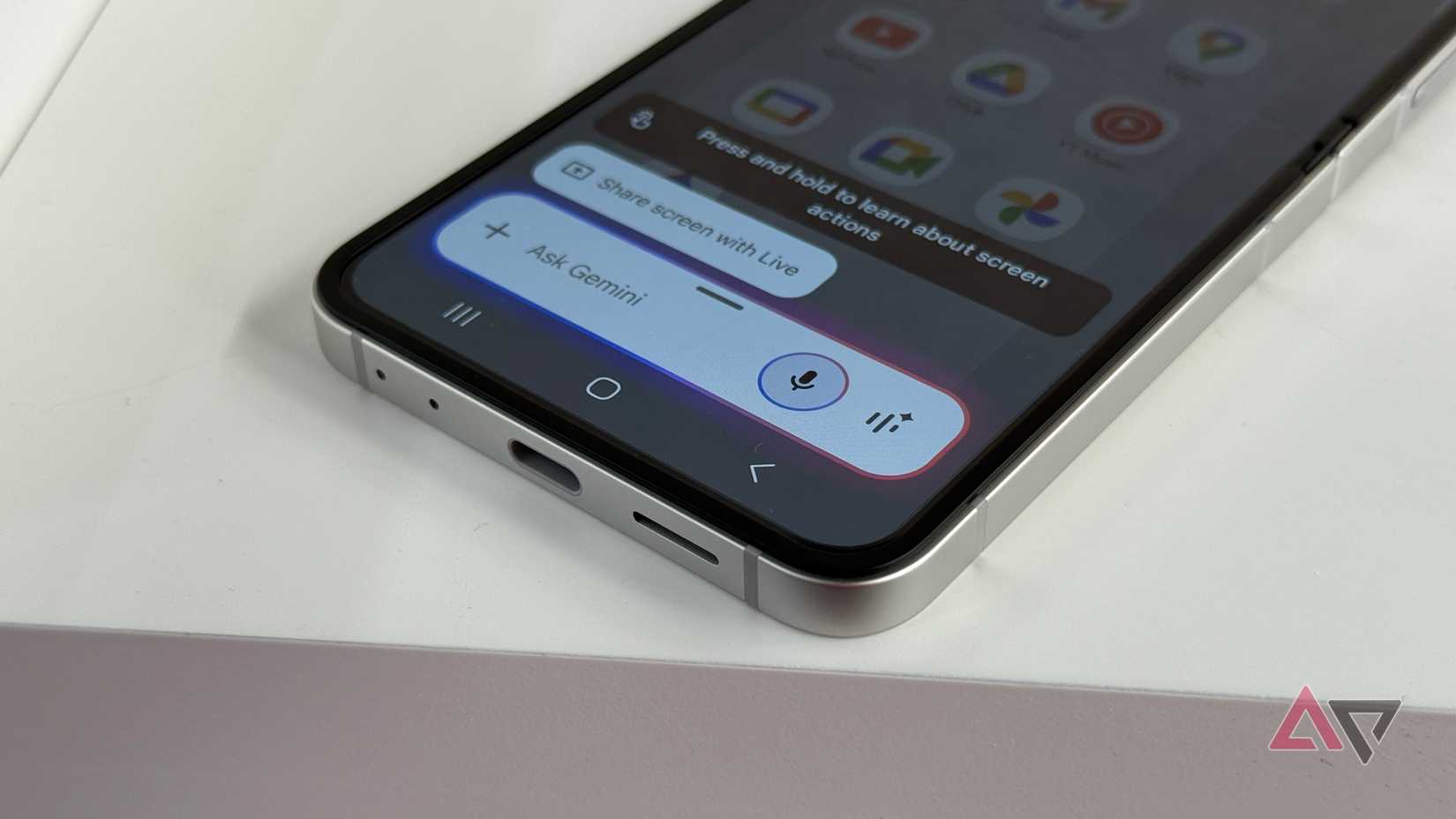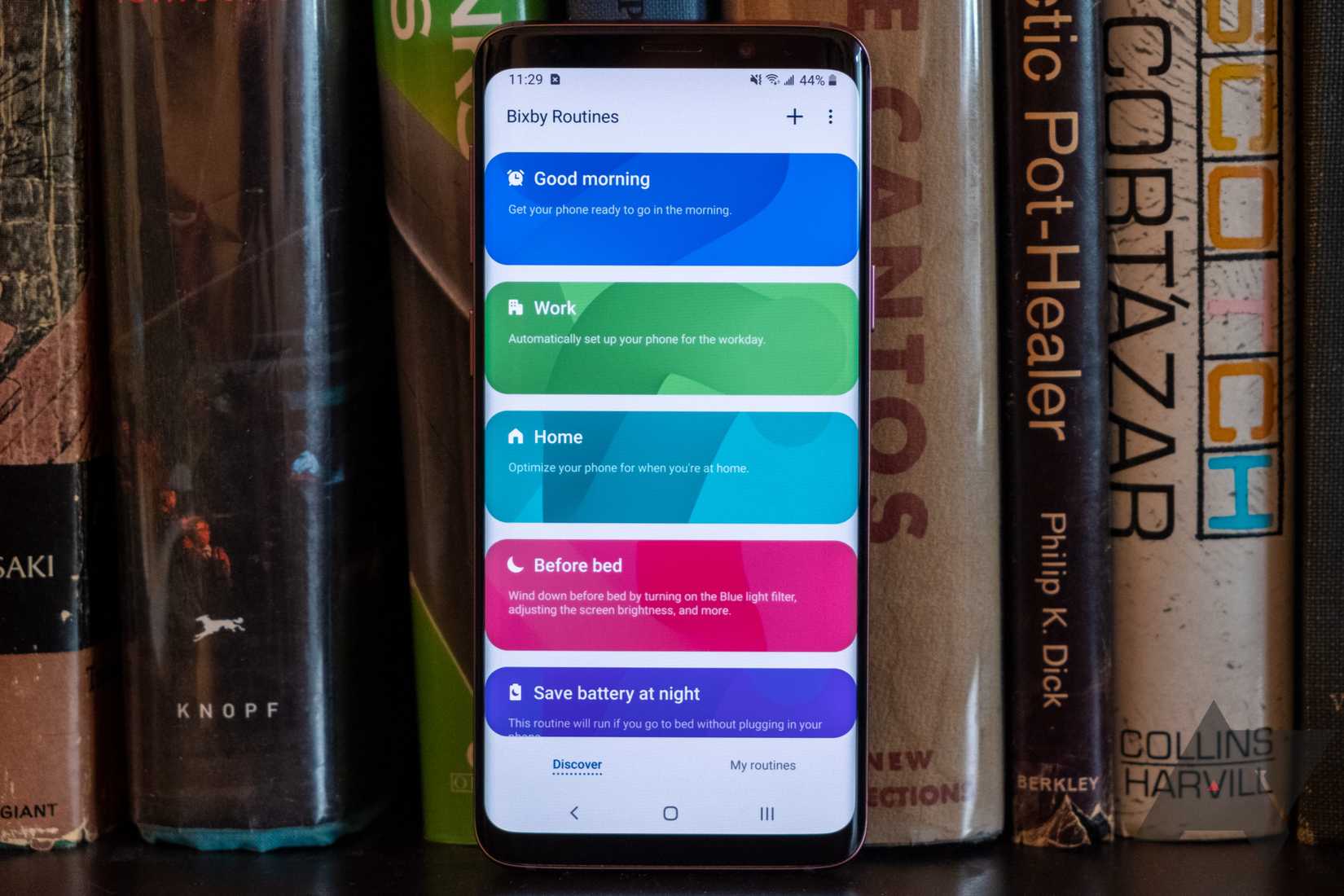The Honor Magic 8 Pro is a phone most won’t have heard of, and that’s something of a shame.
Honor’s upcoming flagship may not venture far outside of China, but it’s still a phone worthy of merit.
It’ll be one of the first phones to use a Snapdragon 8 Elite Gen 5 chipset, for one thing, and its design is a breath of fresh air in a world where many phones look the same.
However, Honor’s flagship comes with an unwelcome surprise — an AI button.
We’re in a new world with the advent of generative AI, but it’s still hard to see this as anything other than a terrible idea.
We’ve danced this dance before, and how many times do we have to do this before phone manufacturers get the idea?
Everyone hates AI buttons, and I really hope this isn’t a sign they’re about to make yet another comeback.
The long history of alternate buttons
Nobody remembers them fondly
Phone buttons dedicated to AI assistants are nothing new, but they’ve never been received particularly fondly.
The first to really hit the mainstream was the notorious Bixby button on the Samsung Galaxy S8.
Born during the very early days of digital assistants, the Bixby button would allow you to call upon the dubious powers of Samsung’s own digital assistant. It promised to be your handy pocket pal, ready with a tip, explanation, or simple task whenever you wanted it.
In practice, it was an annoyance, with accidental button presses being commonplace.
Apps that changed the Bixby button’s use or turned it off sprang up almost immediately, and it wasn’t long before Samsung added a menu option to do the same.
The Bixby button was removed with the Galaxy S20 range, but the failure of the world’s largest phone seller didn’t put other manufacturers off.
To the contrary, dedicated AI buttons sprang up, and some still continue to this day.
Motorola still has its Moto AI Key; Nothing calls its AI button the “Essential Key”, a baffingly ironic name; and Google decided to make the issue of accidental presses even worse with its Active Edge feature, which summoned an AI assistant with a squeeze of a phone’s edges. Even OnePlus just replaced its very useful alert slider with an AI button.
All of these functions have something in common: At the top of their related Google searches is always someone asking how to turn them off or change them to something more useful.
These AI buttons persist, despite it being clear that few want them. But at least Honor and Motorola are being upfront with their AI buttons — we’re also seeing AI buttons introduced in a far more deceptive manner.
When is a power button not a power button?
When it’s an AI button
Manufacturers haven’t stopped introducing AI buttons, they’ve just gotten better at hiding them.
If you’ve tried to turn off your phone recently, you’ve probably noticed that holding down the power button instead fires up an AI assistant.
That AI assistant, as smart as it is, cannot help you with turning your phone off, which is likely what you wanted in the first place.
Is this better than a whole new button? Sort of. You already know where the power button is, so accidental presses are less likely.
But, you’re also primed to use the power button as a power button — not an AI button. So, when you try to use it as a power button and an AI pops up? Well, that’s just infuriating in an entirely different way.
If nothing else, it feels a little bit like you’ve been tricked. It feels like a bait-and-switch tactic, even though it’s a stretch to call it such. After all, how often do you actually turn off or restart your phone?
Attaching it to a feature you might use more is a good idea — but when it’s as iconic as a power button? It might be a step too far for most of us.
So what’s the lesson here? That new buttons shouldn’t be tried? Or that we should never change anything? Absolutely not. It’s simpler than that.
Stop trying to force change
Especially when it means removing something beloved
I love new features. New features are the things that make updates worth waiting for.
But new features that you feel like are being forced on you? Nobody likes those, and it’s into that exact trap that the Bixby key and other AI buttons fell into.
Rather than fun new friends, they were the annoying younger brother your mom made you take along. And that impression is only strengthened when you hit it by accident and have an assistant interrupt you.
It’s not the inclusion of the new feature that’s bad by itself. It’s clearly the implementation.
A dedicated AI key is right at the top of the list of things that people clearly don’t want, and it continues to amaze me that manufacturers continue to make this mistake.
Or, in the case of OnePlus, make that mistake worse by removing the beloved alert slider in favor of an AI key.
What’s the solution? Honestly, keep it software-only, and make sure it’s visible, while also not being forced into people’s faces. But, that has its own risks.
Despite AI being in the ascendancy at the moment, dedicated AI keys are still a mistake, and it’s bizarrely a mistake that refuses to go away any time soon.





